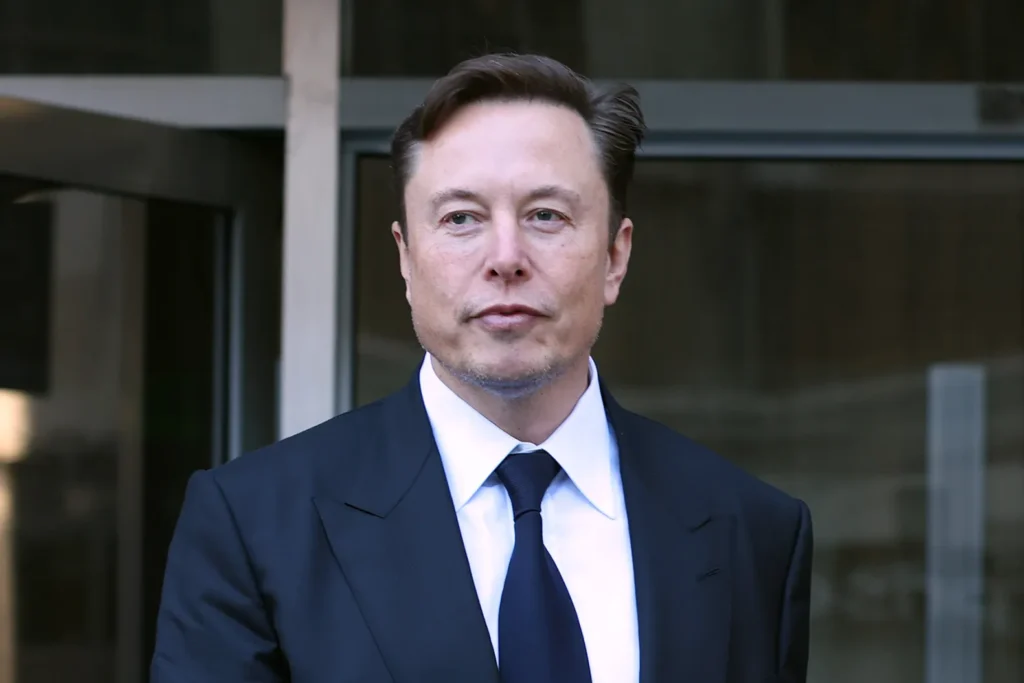Tesla is slashing prices on its unsold Model Y SUVs across the United States, aiming to clear out a significant backlog of inventory.
The reductions are substantial, with many long-range and performance Model Ys now priced $5,000 lower than their original cost. Rear-wheel drive versions received even deeper discounts, with cuts surpassing $7,000.
This move comes in response to Tesla’s recent trend of producing more vehicles than it’s able to sell. In the first quarter alone, the company manufactured 433,371 vehicles but only managed to ship 386,810. This disparity likely added over 40,000 electric vehicles to Tesla’s existing inventory surplus.
Although some of these vehicles may have been in transit, Tesla hasn’t disclosed specific numbers. Notably, this marks the seventh time in the last eight quarters that Tesla has produced more cars than it has sold.
Ryan Brinkman, an analyst at JPMorgan Chase & Co., who holds a sell rating on Tesla stock, remarked in an April 3 report that the difference between the number of vehicles Tesla built and sold in the quarter “dispels the notion that 1Q deliveries were somehow supply rather than demand constrained.”
Brinkman revised his price target for Tesla shares down to $115 from $130, alongside lowering estimates for first-quarter revenue and earnings per share.
Furthermore, he anticipates Tesla would report a significant $1.3 billion free cash outflow, as opposed to the previously expected inflow of over $300 million, primarily due to an anticipated record increase in finished goods inventory.
Tesla shares fell more than 2% shortly after the start of regular trading on Friday, April 5. The stock has dropped 31% this year, the second-worst showing on the S&P 500 Index.
In January 2024, Tesla cautioned that sales growth in 2024 might be “notably lower” compared to previous years. This trend has raised concerns among market participants, ranging from major automakers like Ford to struggling newcomers like Lucid.
During the last few weeks of the quarter, Tesla engaged in its customary end-of-quarter push to maximize car deliveries. Lead designer Franz von Holzhausen also played a role in expediting deliveries in the final days. Additionally, Tesla made efforts to bolster sales through other means.
It was announced on April 1 that Tesla would be implementing a $1,000 price increase for the Model Y, its most popular vehicle. Additionally, Tesla CEO Elon Musk initiated a requirement for demonstrations of the company’s advanced driver assistance system for all potential buyers.

This software package, priced at $12,000, can significantly enhance Tesla’s vehicle profitability.
Musk acknowledged the recent necessity for Tesla to exert greater efforts in generating demand for its vehicles. He largely attributed this challenge to high interest rates, all the while Tesla substantially reduced prices on the Model Y and Model 3 throughout 2023.
EV Market Outlook For 2024 and Beyond
The global electric vehicle (EV) market is primed for significant growth, according to expert assessments for 2024 and beyond. The International Energy Agency’s (IEA) Global EV Outlook 2024 offered a comprehensive analysis of recent developments in electric mobility worldwide.
This report, spanning projections up to 2035, delved into key areas such as EV deployment, charging infrastructure, battery demand, investment trends, and policy developments. Insights gleaned from leading markets provide valuable guidance for policymakers and stakeholders alike.
Revenue projections paint a lucrative picture, with the global EV market expected to reach an impressive US$623.3 billion in 2024, and a projected market volume of US$906.7 billion by 2028. Modest growth forecasts for 2024 open doors for long-term investors, with EV sales anticipated to grow by 20%.
Unit sales are also on an upward trajectory, with Canalys predicting the global EV market to hit 17.5 million units in 2024, reflecting a solid growth of 27%. This trend underscored the increasing adoption of electric vehicles worldwide.




















